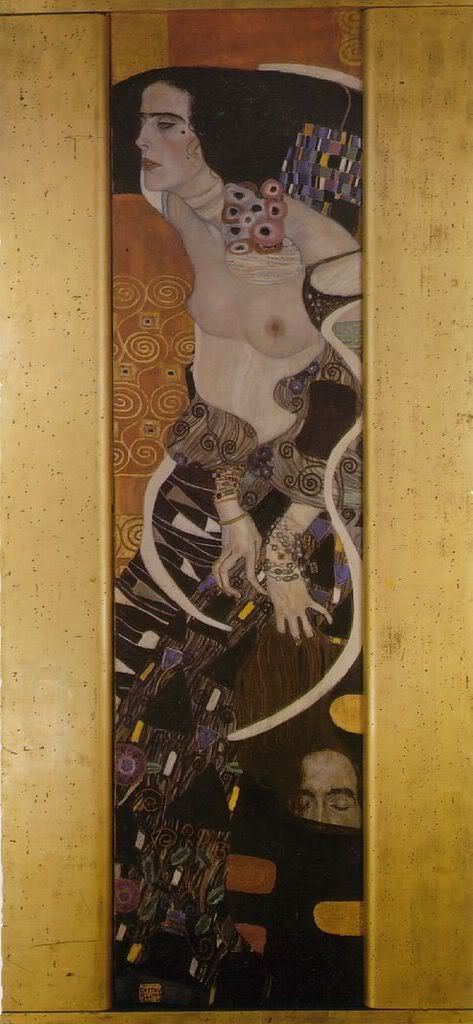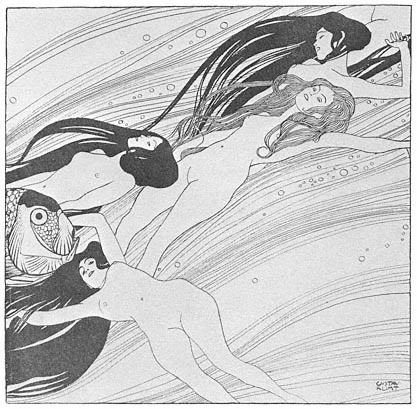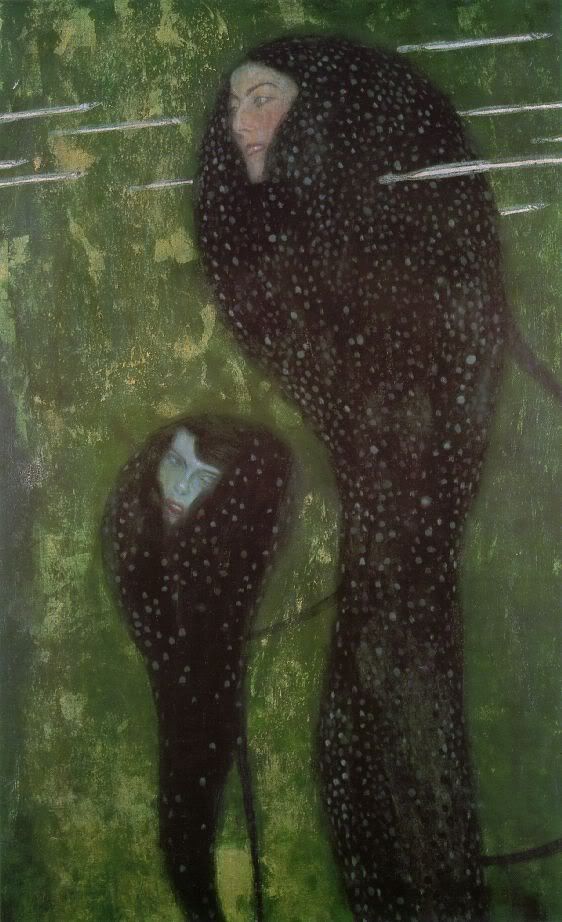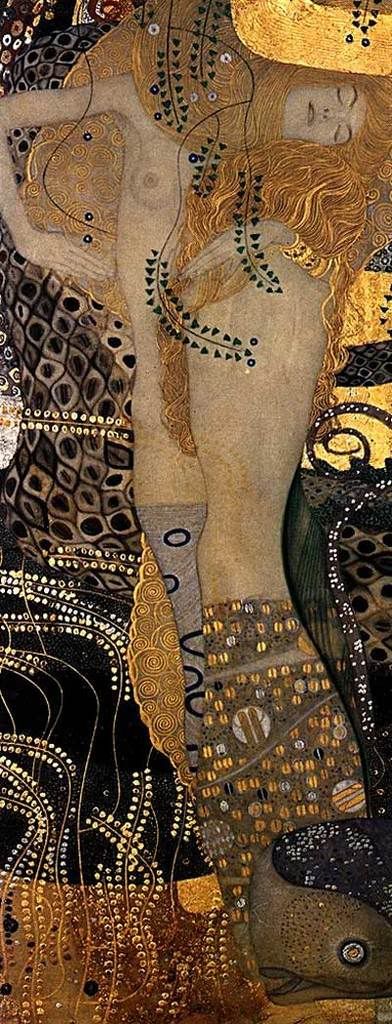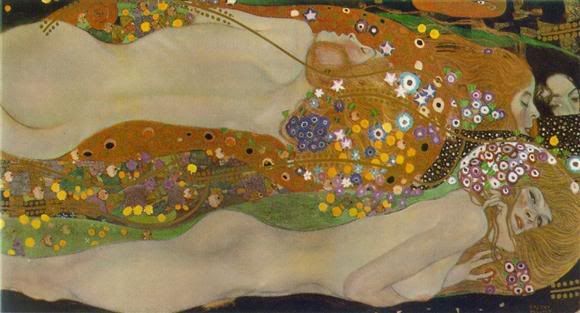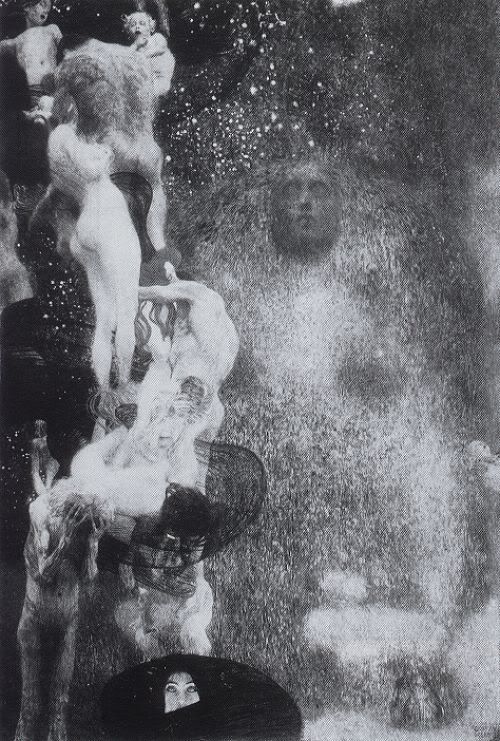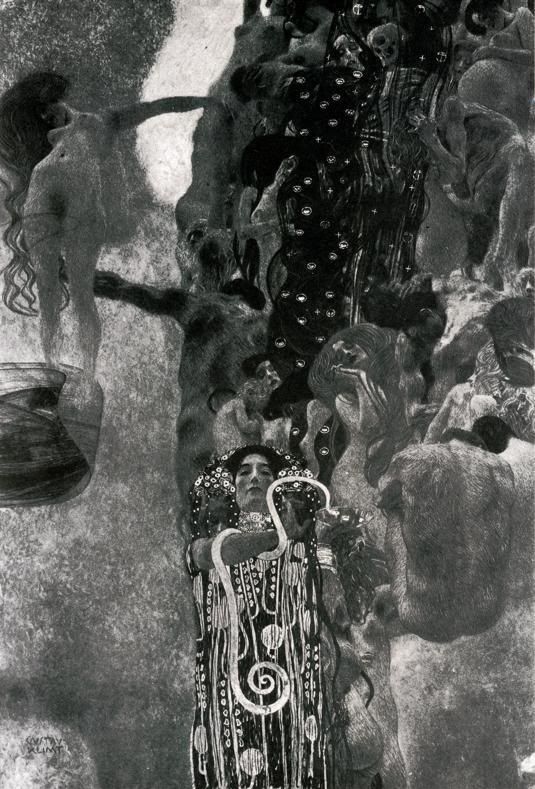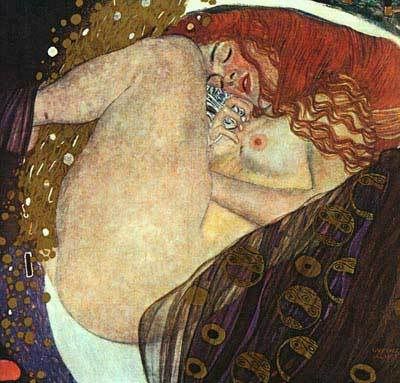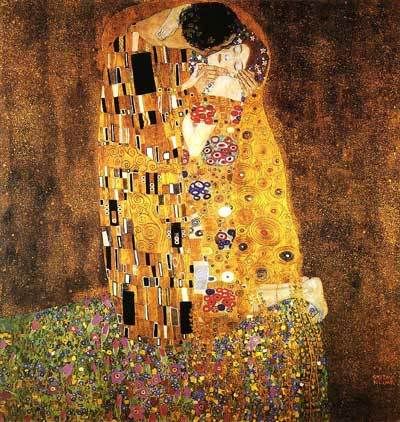The Cosmic Unconsciousness“You know how everybody’s into weirdness nowadays?”
The scene – Beneath an overpass in the sun-bleached aqueducts of Los Angeles, a scrawny, stubbly guy in coveralls, a second skin made of filth having long since formed on his body, shovels trash into a burning oilcan with a stick, while another guy, twitchy, with a buzzcut and a dorky short-sleeve-shirt-and-tie combo – a punk trying to “dress like a detective” – looks on.
“Say you’re thinkin’ about a plate o’ shrimp. Then suddenly somebody says ‘plate’, or ‘shrimp’, or ‘plate o’ shrimp’. Out of the blue. No explanation. No point in lookin’ for one either. It’s all part of the cosmic unconsciousness.”
“You do a lot of acid, Miller? Back in the hippie days?”
Originally, inspired by this low-key yet infinitely memorable moment from
Repo Man, I wanted to dedicate this section of the site to odd moments of coincidence like the one that Miller, in all his grimy flakiness/savant-like wisdom, describes, both my own and those submitted by other people. This plan hit two snags: first of all, though I’ve experienced many such instances over time, quite a few, more than I would have guessed, have disappeared from memory, eliminating a large portion of my prospective material. Secondly, it occurred to me that in having just anyone send me their personal examples, it would be impossible for me to be certain of their authenticity. Not that this is intended to prove anything about supernatural forces, but if you can’t be sure that it really happened, that feeling of the possibility of something just outside the realm of understanding at work would be absent, essentially defeating the purpose.
So I’ve decided to turn this section into a blog, not of the diary or political variety, but rather the type where I just post whatever fits my mood that day. I’ve got enough random effluvia languishing on my hard drive that no one has ever seen, so I’m even covered for those days when I don’t feel like writing something new. And I haven’t completely abandoned the original idea, but for now I’m only going to include my own experiences and those of friends, because that way I’ll know I’m not being bullshitted, or, in the case of certain acquaintances, at least the bullshit factor will be predetermined.
To get the ball rolling, here are three different examples of what I have in mind. Firstly: sometime early in 2002, I was out for my nightly walk, listening to the soundtrack to
Mulholland Dr. (For the uninitiated,
Mulholland Dr. is about two women, one a blond hopeful looking to make a go of it in Hollywood, played by Naomi “I don’t care how many times you’ve seen
King Kong; I’ve loved her since
Tank Girl” Watts, the other a mysterious brunette who has lost her memory, played by Laura Elena “Also quite fetching; I’m just not obsessed with her” Harring.) I stopped at a deli to buy a beer, and as I was paying, two girls entered. They walked up to me and began asking about a 24-hour diner, one they claimed was supposed to be somewhere on the outskirts of Central Park. There was nothing remotely like that anywhere near where we were, but I turned to give them the best advice that I could. I had faintly noticed as they entered that one was blonde and the other brunette, but now I saw their faces, and goddamned if the blond one didn’t look a hell of a lot like Watts; not exactly, but close enough that they could easily have been sisters. Thankfully the brunette didn’t particularly look like Harring, because that might have sent me crawling into the salad bar.
Was this an example of my mind making more out of the situation than actually warranted? Entirely possible. And by this time I can’t even conjure up the blond girl’s face to be sure just how great the resemblance was. All I have left is the memory of what I felt, and at that moment I felt that the girl standing in front of me looked remarkably like an actress from the film the soundtrack to which I was listening to at that time, which, coupled with the blonde/brunette dynamic of the situation, added up to a pleasant little moment of coincidence.
Another more bizarre and yet at the same time possibly more explainable example: one night I dreamed that I was with a group of people hiding under a porch-like structure while hostile alien beings zoomed about outside. At one point, I shot out my hand and began ‘karate chopping’ these beings, which were whitish and cylindrical in shape. As my hand passed through them, they shattered, much like a stack of china plates.
A day or so later, I was choosing something to watch out of a large selection of films I had taped off of cable. Some were a part of my campaign to broaden my knowledge of kung fu flicks, and since it felt like an escapist night, I chose
Five Deadly Venoms, a film about five fighters, each of whom has been trained in a different style. The film opens with the man who trained them describing their individual techniques with visual accompaniment. One of them is shown practicing his technique…by smashing flying stacks of china plates.
Now, I could have read about this particular scene in a review and unconsciously incorporated it into the dream. This does, however, presuppose that I had read a review of the film – truth be told I don’t spend much time reading kung fu reviews – and one that specifically mentioned this brief, inconsequential moment at that. It also assumes that I had already unconsciously chosen to watch that particular film a couple of days before my conscious decision to do so. All possible, but not necessarily probable.
But let me finish with one of my favorite examples. It’s actually quite simple, but requires a
lot of backstory. Bear with me.
There’s a somewhat famous building on Park Avenue called the Lever House. It’s interestingly constructed, in that the majority of the ground floor by the street is an underpass, with open-air areas, no walls separating them from the sidewalk, on both the northern and southern sides of the building, and a little open passageway between them on the eastern side. The middle of the southern underpass is a sort of well, created by an elevated, insulated promenade, which runs out of and then back into the southern side, making a square with the building proper.
The décor in the underpass amounts to a garden of random shapes. Silver pillars shore up the promenade, sometimes kept company by squat, similarly quadrangle trashcan/ashtrays, their sides encrusted with pebbles. Backless benches appear in intervals, one round, the next rectangular, the next shaped like a tab of Tylenol.
[1]A while back they did some renovation on the building (though not heavily enough to prevent people from walking through), and the claptrap they put up to aid in the construction created cozy little corners that served as attractive crashing spots for the local homeless population. This lasted for a while, until the management either finally wised up or lost their sense of tolerance, hiring some security to patrol the place, with guard dog in tow, effectively ending the era of the Lever House Hotel.
One night while walking through, I passed the guard and dog, and the dog, apparently agreeing with certain members of my family that I sometimes dress like a vagabond, began barking ferociously at me. It was a startling moment, but I didn’t think much of it at first.
Well, ever since then, the damn dog has barked at me every single time he’s seen me. And I have to hand it to him: he’s remarkably on the job. He’s spotted me from quite a distance, sometimes in the midst of a fair amount of other people. I used to get a bit self-conscious about it when it happened during peak traffic hours with so many others around, until I decided to treat it like a game and pretend something else was going on, like I was a demon in human form, and much as Sgt. Fido tried to warn the humans through whose realm I walked otherwise undetected, they remained blissfully oblivious to my evil. Which is not actually that far removed from reality, provided you replace ‘demon in human form’ with ‘pervert,’ ‘humans’ with ‘women in business suits,’ and ‘evil’ with ‘attempts to burn holes in their clothes with my eyes.’
As the man and his dog patrol several blocks, there’s actually a far greater chance that I won’t encounter them as there is that I will (these days, in fact, appearances are remarkably rare), but a slight nervousness used to descend upon me when I passed through just the same. One night I guess I was feeling a bit more paranoid than usual. Approaching the building I scanned the immediate area and it seemed to be clear. I was listening to Naked Raygun on my Walkman, and as I entered the underpass, I began to relax; generally if I hadn’t seen man and dog by then, I was in the clear. All of a sudden, out of nowhere: “Woof, woof.”
I froze. Not that I actually had anything to fear from this dog (except in the fairly unlikely event that he got away from the guy), but because I hadn’t seen anything and this sounded like it was right on top of me. All of this took place within a split second, and it took me that long to realize that what I heard were words that the Raygun’s singer speaks at the end of the song I was listening to.
Bet you’re really glad you slogged through all that exposition, huh?
Is it profound? No. Does it prove anything? Of course not; again, it’s not meant to. Is it interesting? Blow me. But just as a part of me enjoys those completely arbitrary moments that life brings us (one of the main reasons I dig David Lynch as much as I do), another part – perhaps the fraternal twin of the first part – can’t get enough of those brief seconds when you can almost believe that some higher power or unseen force or the universe or whatever has reached down to you, not for the purpose of pointing out a path that you are inexorably to follow, but merely to nudge your arm and murmur a quick joke.
We now join the Cosmic Unconsciousness, already in progress…[1] Just as an interesting aside, the Lever House was in the news a while back when infamous British shock artist Damien Hirst installed his piece ‘The Virgin Mother,’ a thirty-five foot high statue of a naked pregnant woman whose skin has been removed from the better portion of the right side of her body. The statue is inside the well and the torso is parallel to the promenade. I don’t have much of an opinion on the piece myself, but I can’t help wonder what it must be like for those who work in the building and must, on a daily basis, walk past a huge exposed fetus located just below a giant flayed hooter.

